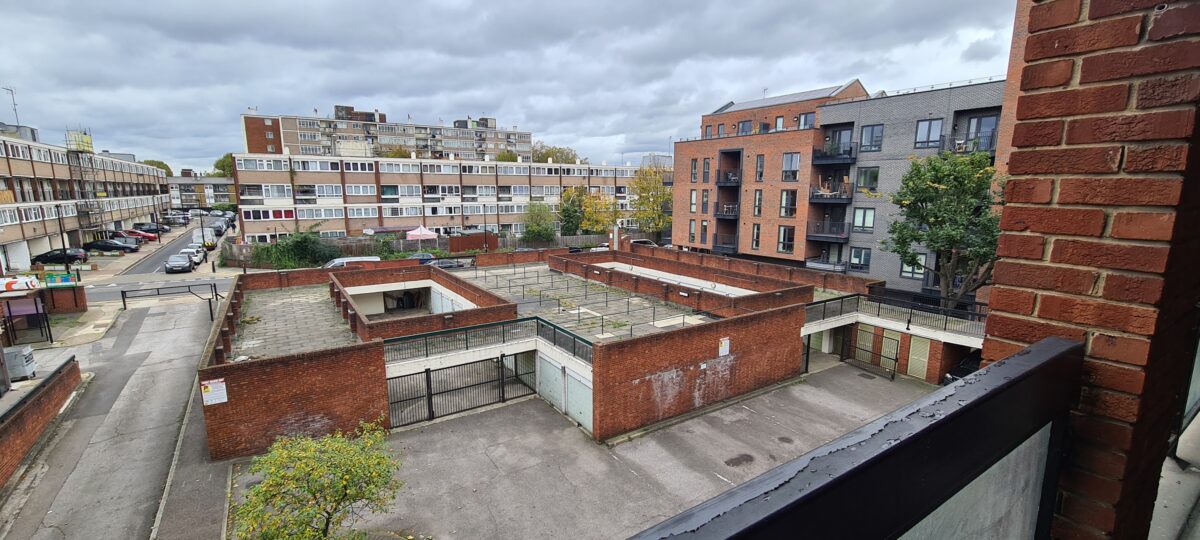Councils are often unfairly criticised. They have many difficult responsibilities, and they are hamstrung by Treasury rules on financing. The Treasury often sees tax revenues as its own money, when nearly every penny was generated, in one way or another, from activities by citizens within the area of a particular local authority.
That local authority must maintain the roads, deal with the schools, provide social care, and furnish a range of local services – not forgetting, of course, the bins. Voters wouldn’t let the council forget the bins, even if it wanted to.
New Local’s new report highlights many successes where giving local communities more power and resources led to better outcomes for their citizens. We make the case for a community-powered approach to housing and planning, rather than one imposed from above by national government.
There are plenty of real-world examples where councils and communities working together generated far better outcomes than would otherwise be possible. In Halton, near Lancaster, a community built 41 homes for themselves as co-housing, all at Passivhaus standards to help get to net zero. Housing cooperatives like that are a stunning 18% of all apartments in Zurich, Switzerland.
In Switzerland local governments have far more autonomy. When a council approves more housing, it reaps the tax benefits. That makes locals far more supportive. Similarly, when a German town hosts a factory, it may see huge benefits from those profits.
In this country, councils have far less power. Trapped between strict limits on revenues and ever higher expectations for delivery, many councillors and officials are deeply frustrated. Their residents want a decent place to live, with good schools for their children and good care for those who need it. Too often, councils find themselves tied in knots by Treasury rules that only an accountant could love.
We argue that this country has not yet learned the lessons of Nobel laureate Elinor Ostrom. She showed how, given the power and the resources to do so, communities can often achieve much more than the central government. We have recently seen the backlash against top-down methods like permitted development. Allowing more bottom-up processes to add housing could be a much more popular way forward.
When elected members take political flak to allocate appropriate sites for housing, they are disheartened if those sites sit unused for years. They have little power to ensure faster build out. Our report argues that councils should be able to levy an annual tax on the value of allocated but undeveloped portions of large sites, up to half a percent of value a year. That would help to mitigate the damage caused to the surroundings by blank hoardings and derelict sites, apparently abandoned. It would also give locals, who might be frustrated that builders ask for more sites without using the ones they have already secured, more faith in the certainty and control in the planning system.
We also propose methods for councils to let communities take the lead on urban infill to use waste land, where appropriate and subject to strict rules to protect others and the environment. In addition to the ‘street votes’ idea to allow each street to set its own design rules to add more housing, endorsed recently by a number of housing associations and housing campaigners, we point to the wasted backlands sites in some 20th-century developments: derelict former garages that are now too small for today’s cars, served by dead alleys that have become little more than refuges for drug dealers or convenient access routes for burglars.
We suggest that, where the surrounding residents agree, they should be allowed to take the lead on setting out what additional housing can be added, for example by replacing those derelict garages with affordable housing for members of the community. Those new homes will increase housing density and help to make better public transport more viable, which will help to reduce carbon emissions and enable healthier, active travel.
The Treasury has failed to ensure that local government here, like local government in most other countries, has powers to provide, improve, and reap the benefits. In fact, the Treasury has deliberately gone in the other direction. By some measures, we have the most centralised governance in the OECD. We also have among the least affordable housing. That is not a coincidence. It is partly cause and effect.
There are many brilliant council officers and members across the country doing their level best for their communities. If we can give them the power to enable the right decisions and to capture the benefits for their communities, we can create more affordable housing, fairer opportunities and help the environment too.
Housing Beyond Markets and State can be downloaded here.

